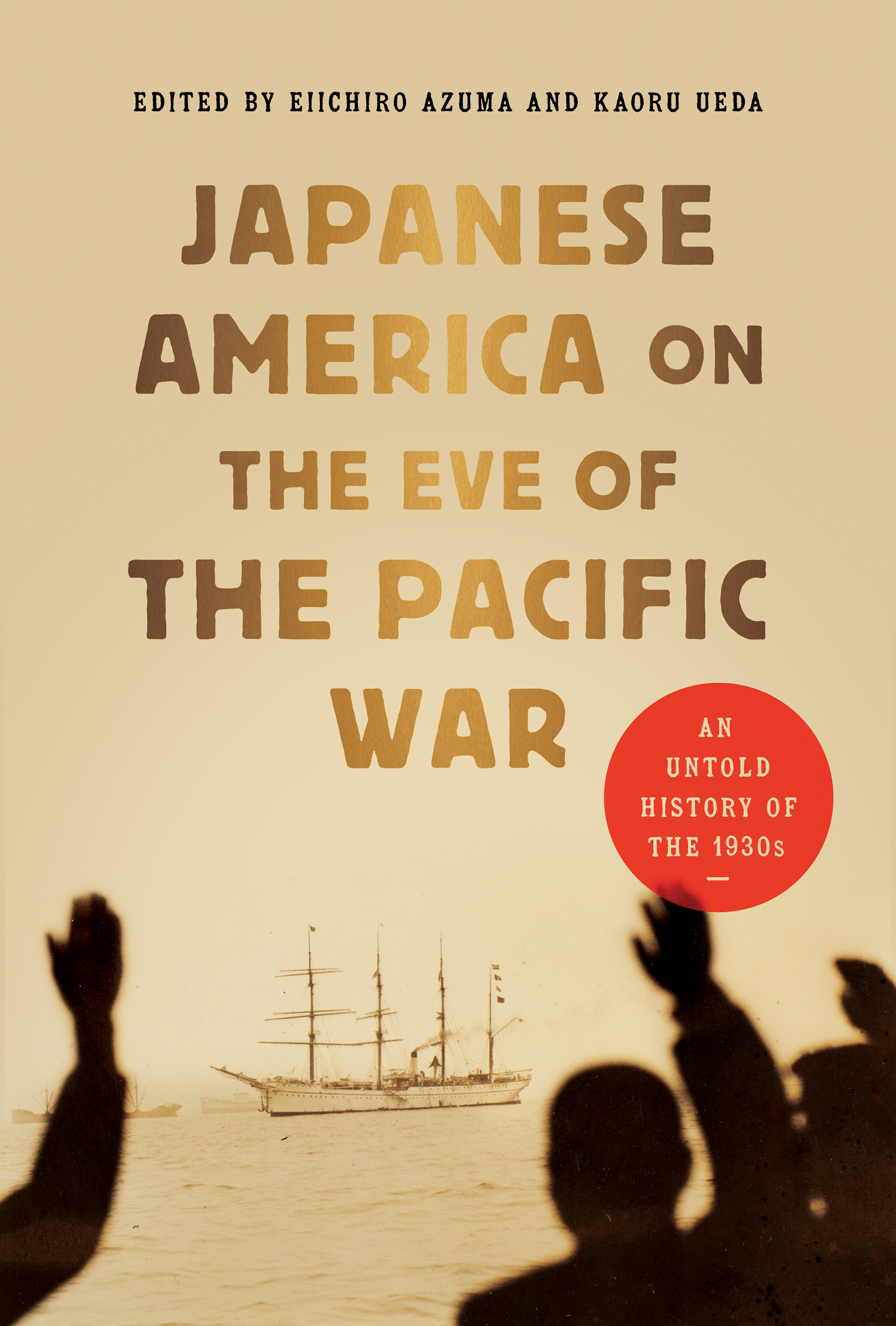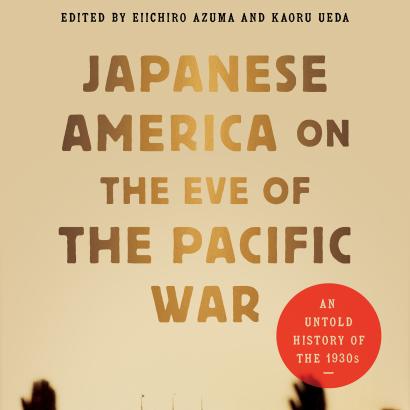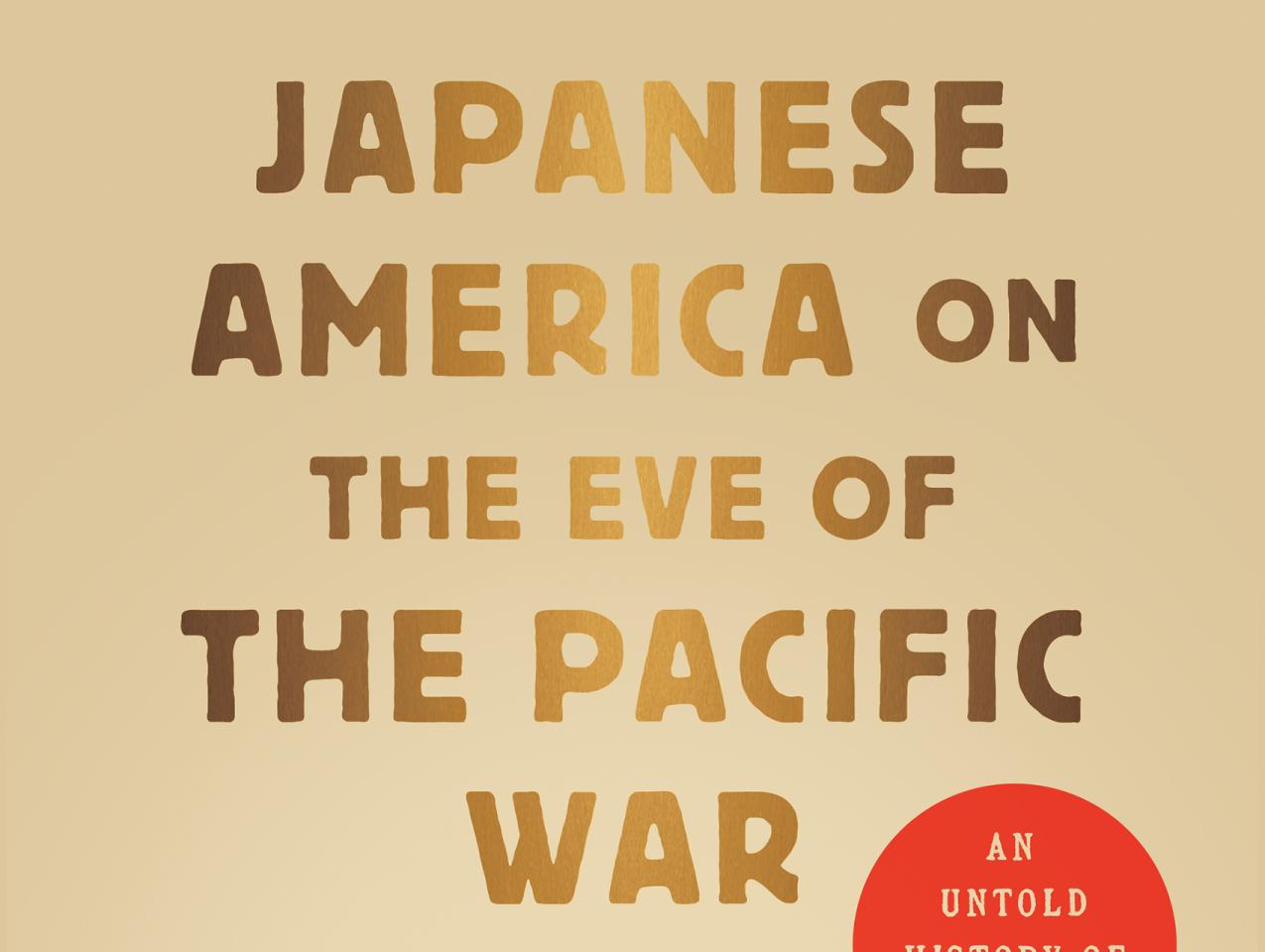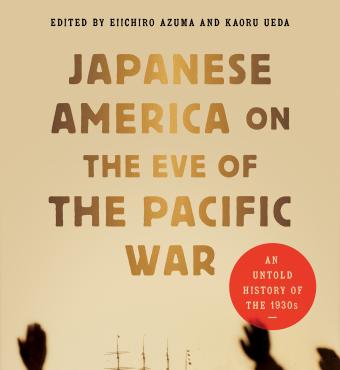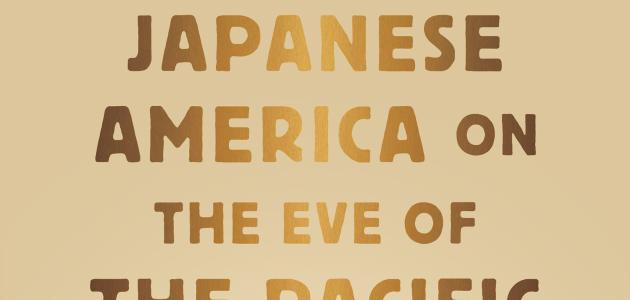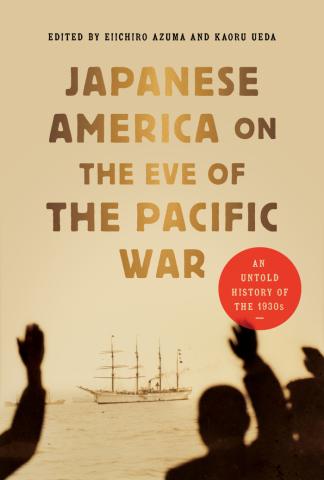Famed historian Yasuo Sakata has contended that the 1930s constitute a “lost” era in Japanese American history. In a new publication by the Hoover Institution Press, which includes the first English translation of Sakata’s seminal 1995 essay, scholars offer diverse perspectives on this underexplored period and carve out new areas of research. Hoover research fellow Kaoru Ueda and her co-editor and visiting fellow, Eiichiro Azuma, describe how their anthology—Japanese America on the Eve of the Pacific War: An Untold History of the 1930s—works to bring that era to light.
Chris Herhalt: Aside from the translation of Yasuo Sakata’s essay, where did the idea to compile this anthology come from?
Kaora Ueda and Eiichiro Azuma: Japanese American historians were keenly aware of the significance of the 1930s leading up to World War II. It was a major gap in the historical inquiry of this field. However, a taboo surrounds this topic due to its delicate nature regarding pre–World War II Japanese patriotic activities.
First, to grasp the context of Japanese American history, it’s crucial to note that prewar Japanese immigrants faced perpetual foreigner status, deemed ineligible for citizenship despite their many years of contributions to the United States.
In the context of US immigration and ethnic history or Asian American history, it is not uncommon to see immigrant groups engaging in some form of patriotic activities for their homelands—a phenomenon often called “external homeland nationalism.” Such activities did not become a taboo topic because their homelands did not usually end up fighting the United States. The Japanese American case was an exception, and, of course, the primary rationale for the wartime mass incarceration (“military necessity”) did not help because it portrayed all Japanese Americans, including native-born citizens, as inimical to US national security due to their blood, cultural, and other ties to the enemy.
Herhalt: In what ways did access to the Hoover Library and Archives assist in the research needed to publish this book? What Hoover sources, collections, and items did the book use that couldn’t be found anywhere else?
Ueda and Azuma: The Hoji Shinbun Digital Collection, the world’s most comprehensive online archive of Japanese-language newspapers published outside Japan, played a pivotal role in shaping the contents of this edited volume. Its profound impact on historical research resonates with the vision championed by Yasuo Sakata, a pioneering historian of Japanese America who advocated for this research methodology. Within this volume, Mire Koikari and Toshihiko Kishi harness the wealth of this invaluable resource, utilizing it extensively for their research and narrative construction.
Herhalt: In the Yasuo Sakata essay “Fifty Years after World War II and the Study of Japanese American History,” which you translated into English for the first time, Sakata writes of the ways Japanese Americans who lived through the 1930s would refuse to recount their experience to researchers when asked years later or would self-edit their accounts of the time in subtle ways. Why do you think that was?
Ueda and Azuma: The Japanese attack on Pearl Harbor and the subsequent incarceration of Japanese and Japanese Americans on the West Coast led to a significant generational shift in community leadership. First-generation immigrants, blamed for the consequences, were sidelined as leadership passed to the US-born second generation. These second-generation leaders, eager to assert their loyalty to the United States, often suppressed the voices of their predecessors, both present and past.
Herhalt: Do historical texts about this period overemphasize the fact that some Japanese Americans supported the political position of the Empire of Japan leading up to Pearl Harbor?
Ueda and Azuma: Indeed, ethnic newspaper accounts and other primary sources often emphasize the significant contributions of immigrants to their homeland—both their adopted country and their original villages. This emphasis stems from the historical context where “emigrants” were frequently regarded as inferior or even burdensome by the social elites and urban populations of prewar Japan. Consequently, immigrants to the United States felt compelled to demonstrate their worth to the people of Japan.
Given this context, it becomes imperative to scrutinize surviving historical texts and their authors. As Yasuo Sakata underscores, documents housed in repository institutions may carry biases, potentially distorting the pro-Japan perspective of Japanese Americans (here, encompassing those of the first-generation immigrants who were denied naturalization before 1952).
Furthermore, there exists a challenge of class and gender biases entrenched within these sources. The authors of these historical documents, whether they are organizational records or newspapers, often represent the intellectual elite of the community rather than the broader masses. Typically, they were educated males who possessed greater material wealth compared to the working-class Japanese immigrants.
Herhalt: How were the experiences of Issei (first generation Japanese Americans) and Nisei (second generation Japanese Americans) residents of Hawaii, including the effects of the language-education politics of that territory, relevant to the experience of their compatriots on the US mainland?
Ueda and Azuma: A significant distinction between Hawaii and the US mainland lies in their racial structure and regulatory environment. With people of Japanese heritage comprising approximately 40 percent of Hawaii’s population before the Pearl Harbor attack, this demographic makeup, coupled with Hawaii’s predominantly nonwhite racial composition, profoundly influenced Japanese experiences. Despite these differences, Japanese-language schools were contentious issues in both Hawaii and California. However, the visible protest took place only in Hawaii. Japanese immigrants there filed a lawsuit against the territorial government’s virtual ban on heritage-language education, and it went all the way up to the US Supreme Court. In its landmark 1927 decision, the nation’s highest court ruled against Hawaii’s policy against teaching foreign languages without a permit.
Herhalt: Do you think the service and sacrifice of Japanese Americans who volunteered for the US military have been sufficiently covered in contemporary history texts? As your latest book points out, 91 Japanese American men from Maui alone died serving in the US military in World War II.
Ueda and Azuma: While the 100th Infantry Battalion and 442nd Regimental Combat Team are often highlighted in Japanese American history, there were numerous other Japanese Americans who served in various roles in the US Army, including interpreters and anti-Japanese propaganda campaigners. However, their activities remain underrepresented in US history, partially because their activities were deemed classified from the military intelligence standpoint until the early 1970s. We advocate for further research and publications to shed light on their invaluable service and experiences. Hoover is actively collecting personal papers and other primary source materials relating to the involvement of Nisei [second-generation Japanese Americans, sons or daughters of Japanese immigrants] in military intelligence and anti-enemy propaganda.
Herhalt: Concerning the chapter on Japanese investment in the United States before 1941, is it surprising to you that this topic hasn’t been covered, given its importance to understanding US-Japan relations during this period?
Ueda and Azuma: The field of US-Japan economic history, especially concerning the immigrants’ role, remains notably understudied. Currently, we are investigating the records of Yokohama Specie Bank, Japan’s flagship foreign exchange bank, San Francisco branch, in collaboration with a Japanese American community archive. We aim to broaden the scope of transnational and migration history to encompass not only people but also goods and money.







